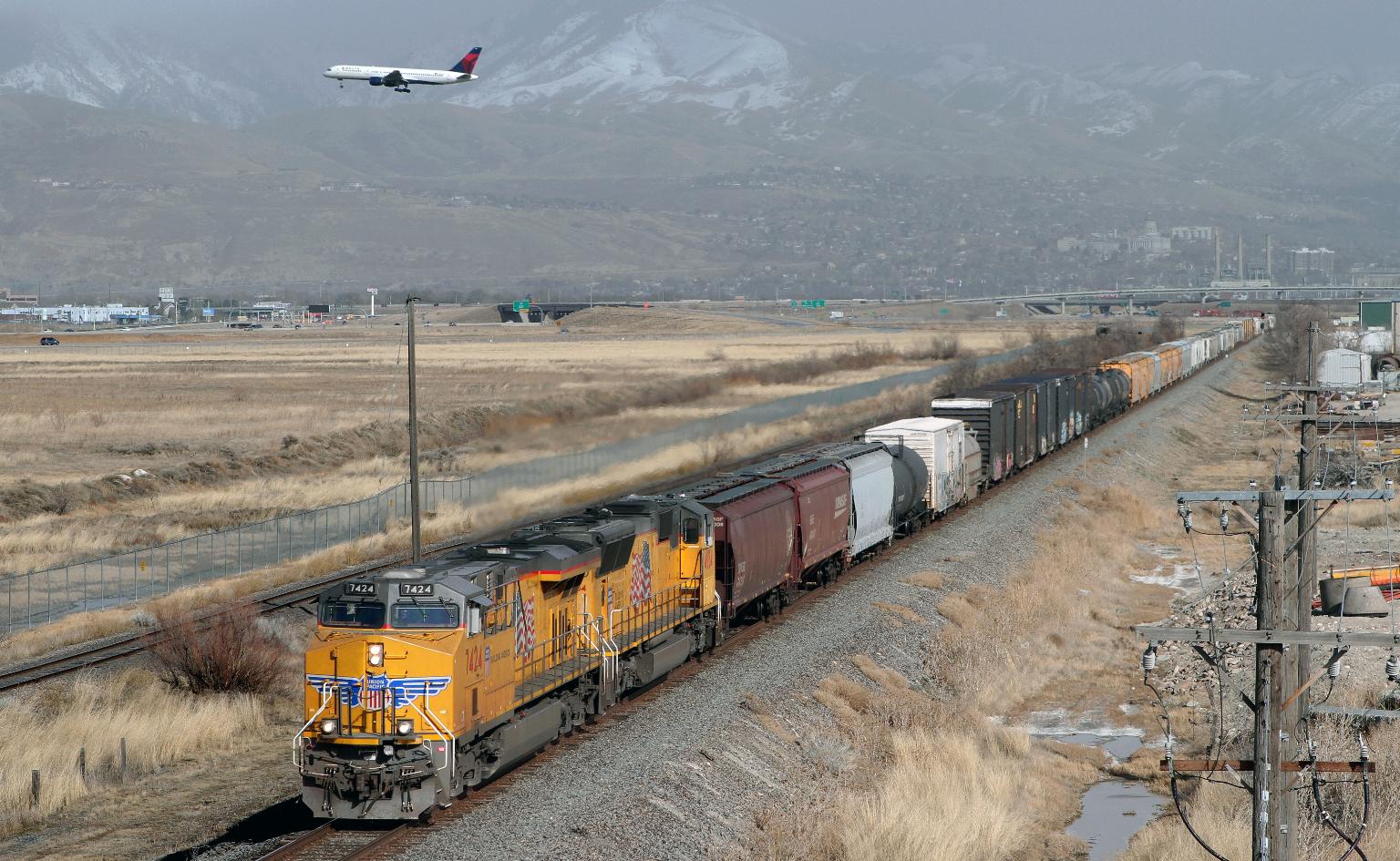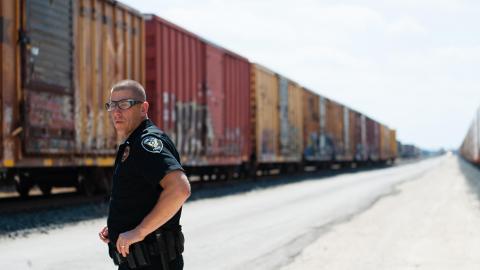In 2022, the U.S. government shared the Sustainable Aviation Fuel (SAF) Grand Challenge. This government-wide approach works within the industry to reduce costs, enhance sustainability, and expand production to 3 billion gallons per year of domestic SAF. By 2030, the U.S. must achieve a minimum of a 50% reduction in life cycle greenhouse gas emissions (GHG) compared to conventional fuel. By 2050, 35 billion gallons of annual SAF production must be reached.
What is Sustainable Aviation Fuel?
So, what is SAF? This substitute for petroleum-based jet fuel is a blended liquid hydrocarbon jet fuel produced from renewable or waste resources that is compatible with existing aircraft engines. Blending is done between neat SAF (renewable energy) and the traditional petroleum-based jet fuel.
Over the next seven years, the SAF production infrastructure will focus on commercially ready conversion technologies and feedstocks, using green energy sources, such as fats, oils and greases, as primary fuel pathways. Smaller contributions from waste, forest, agricultural residue and alcohol pathways will also likely be used as SAF production grows from renewable resources.
What’s Causing the Demand for Sustainable Aviation Fuel?
SAF is part of an industry-wide solution to reduce GHG emissions, grow sustainable transportation, and decouple aviation’s growth from its carbon emissions. In addition to the Grand Challenge, federal incentives began in Dec. 2023 for airlines who use SAF.
“America ushered in the jet age, and aviation is a key part of our economy, society, and way of life. But the safety and sustainability of aviation depend on its ability to reach its goal of net-zero carbon emissions by 2050,” said U.S. Transportation Secretary Pete Buttigieg.
An example of federal incentives encouraging the use of SAF is the SAF Credit established by the Inflation Reduction Act (IRA). This credit incentivizes SAF production that achieves a lifecycle greenhouse gas emissions reduction of at least 50% as compared with petroleum-based jet fuel.
Impact on Climate Change
While SAF reduces the industry’s carbon footprint, it supports economic growth and opportunity. The renewable fuel market started with ethanol, followed by biodiesel and renewable diesel, and has now turned to aviation. SAF marks the last fuel that would be produced from plant-based materials to decarbonize the industry.
By 2050, SAF usage is expected to be around 35 billion gallons, according to the Grand Challenge report. It predicts developing innovative technologies to produce SAF will enable the U.S. to meet domestic climate goals, position the nation as a global leader in the emerging market, and have the potential to support long-term viability of the U.S. airline and aerospace industries.
The industry is already seeing early adapters. SAF Magazine announced multiple airports, including Long Beach, Scottsdale, and Bozeman, have shared their commitment toward using SAF. Through partnerships, their use of renewable fuels is critical for their journey toward a more sustainable future and achieving climate impact goals.
How Will Sustainable Aviation Fuel be Transported?
Traditionally, aviation fuel is transported in pipelines from refineries through terminals to airports and, ultimately, to the airplane through traditional supply chains. However, due to rapid adoption, SAF production will be in new locations without pipeline connectivity to high-demand areas. Rail transportation can move large quantities of product safely to new markets, and shipping by rail is the most environmentally responsible way to ship freight by land. In our next article, we’ll discuss modes of transportation for SAF. Union Pacific is working with new and existing companies in the supply chain to develop efficient transportation solutions.
The Commitment to Sustainability in the Rail Industry
Union Pacific is committed to investments that build a sustainable rail network that can support economic growth for generations to come, whether that includes how we ship renewable fuel resources or when evaluating our overall economic impact.
“Recognizing the important role transportation plays in reducing greenhouse gas emissions, the United States and Canada have created a Rail Decarbonization Task Force to develop a common vision to reduce emissions from the rail sector,” as explained in a Joint Statement by the U.S. Department of Energy, which is also committed to working with those in the rail industry to create a more sustainable future. “Together, we intend to coordinate strategies to accelerate the rail sector’s safe transition from diesel-powered locomotives to zero-emission technologies to ensure a net-zero sector by no later than 2050.”
Learn More
To learn more about how rail can support your changing supply chain needs while reducing the environmental impact of your shipments, answer a few questions and an expert will be in touch.









